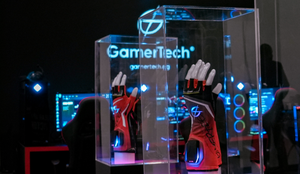Sponsored By
Latest News
An urban sprawl in Cities Skylines II
Production
The 'rushed' attempt to rehabilitate Cities Skylines II is becoming a cautionary tale
The 'rushed' attempt to rehabilitate Cities Skylines II is becoming a cautionary tale
Paradox and Colossal Order are struggling to rework Cities Skylines II after a tough launch window, and have now apologized for rushing DLC out of the door.
Tips, Talks, and Highlights from GDC 2024
More from GDCGet daily news, dev blogs, and stories from Game Developer straight to your inbox
Subscribe to Game Developer Newsletters to stay caught up with the latest news, design insights, marketing tips, and more
Game Developer Essentials
More resources for devsRead Dev Blogs on Game Developer
See allFrom Our Sponsors
LEARN MORESponsored Content
Mar 8, 2024
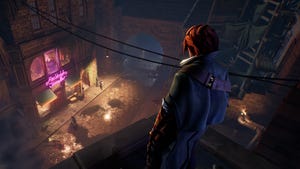
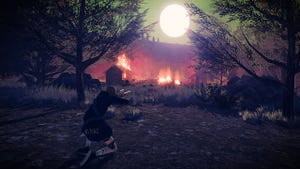


















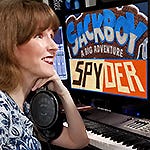


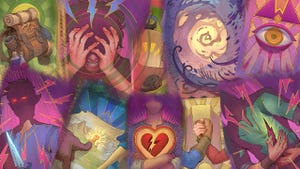




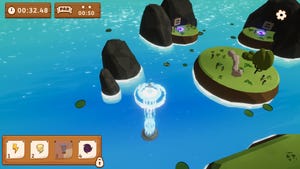


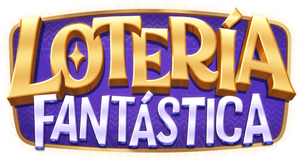
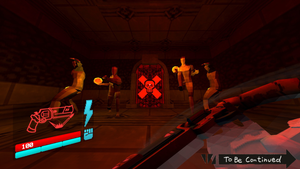



.png?width=300&auto=webp&quality=80&disable=upscale)
